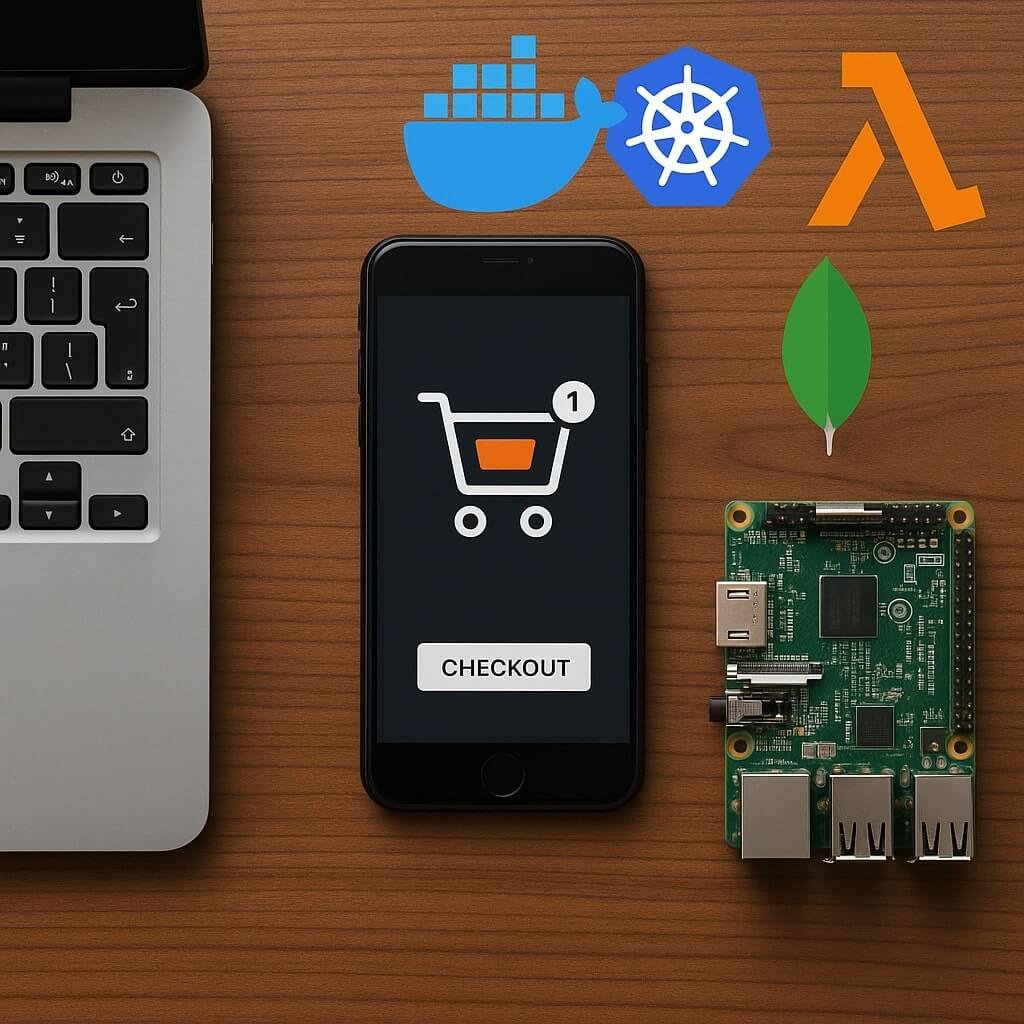In the dynamic world of e-commerce, building a scalable shopping cart is no longer optional — it’s essential. A well-designed shopping cart can boost conversion rates, ensure seamless user experiences, and support future growth without performance bottlenecks. This article explores top developer solutions for scalable shopping cart architecture, diving into tools, frameworks, and best practices for building a robust, reliable, and future-proof system.
Why Scalability Matters in Shopping Cart Development
As your eCommerce platform grows, so does the load on your infrastructure. If your shopping cart can’t handle increased traffic or data volume, you risk losing sales and poor user satisfaction.
Key Reasons to Prioritise Scalability:
- Handle Traffic Spikes: Black Friday, seasonal sales, or viral product launches can overwhelm unprepared systems.
- Improve User Experience: Fast, error-free checkouts reduce cart abandonment.
- Support Multi-Channel Sales: Scalable systems easily integrate with POS, mobile apps, and third-party platforms.
Top Dev Solutions for Building a Scalable Shopping Cart
1. Microservices Architecture
Break your cart system into modular, independently deployable services (e.g., product catalogue, inventory, payment).
Benefits:
- Improved fault tolerance
- Easier to scale individual components
- Supports CI/CD for rapid updates
Recommended Tools: Docker, Kubernetes, AWS Lambda
2. Serverless Infrastructure
Offload backend workloads to cloud providers. Pay only for what you use and scale seamlessly.
Examples:
- Use AWS Lambda or Azure Functions for real-time cart calculations
- Implement Firebase for real-time database synchronisation
3. NoSQL Databases
Traditional SQL databases can struggle with read/write scalability. NoSQL solutions offer better flexibility and performance for dynamic data like shopping carts.
Top Choices:
- MongoDB
- Amazon DynamoDB
- Couchbase
4. API-First Approach
APIs allow your shopping cart to connect with frontends, mobile apps, and third-party systems without monolithic constraints.
Best Practices:
- RESTful or GraphQL APIs
- API gateways for load balancing
- Rate limiting and caching
5. Asynchronous Processing & Queuing
Tasks like order confirmation emails or inventory updates can be offloaded to background jobs.
Tech Stack:
- RabbitMQ
- Kafka
- Celery (for Python devs)
6. CDN & Edge Caching
Enhance performance and reduce latency by caching cart pages and product images at the edge.
Top CDNs: Cloudflare, Fastly, Akamai
Performance & Monitoring Tools
- New Relic / Datadog: Real-time performance monitoring
- Prometheus + Grafana: Visualise metrics and anomalies
- Sentry: Track cart-related errors in real-time
Security Considerations
A scalable system is not complete without robust security measures:
- SSL encryption
- PCI-DSS compliance
- Token-based authentication
- CAPTCHA & rate-limiting for bot protection
Mobile Optimisation for Shopping Carts
With mobile accounting for 73% of retail site traffic (Statista, 2024), ensure your cart is:
- Touch-friendly
- Loads under 2 seconds
- Works offline (via PWA features)
FAQs: Scalable Shopping Cart Development
What’s the best tech stack for building a scalable shopping cart?
The ideal stack includes:
Frontend: React.js, Vue.js
Backend: Node.js, Python (FastAPI), or Go
Database: MongoDB or PostgreSQL
Infrastructure: AWS/GCP with Docker & Kubernetes
How do I scale my shopping cart for peak traffic events?
Use:
Load balancers (e.g., NGINX)
Horizontal autoscaling groups
CDN for static content delivery
Cloud-native queue systems to manage load surges
Should I build or buy a scalable shopping cart system?
It depends on your use case:
Build: For customised experiences and full control
Buy: For faster go-to-market (e.g., Shopify Plus, BigCommerce)
How do microservices improve shopping cart scalability?
Microservices decouple functionalities, allowing you to scale only the parts under load (e.g., cart checkout service) without affecting others.
Can GraphQL be used in scalable cart systems?
Yes. GraphQL enables efficient data querying, reduces over-fetching, and integrates well with mobile apps and headless eCommerce setups.
Conclusion
Building a scalable shopping cart requires more than just solid code; it demands forward-thinking architecture, cloud-native infrastructure, and continuous performance optimisation. Whether you’re a startup or scaling to millions of users, these developer solutions provide the foundation to create a flexible, future-ready eCommerce experience.






